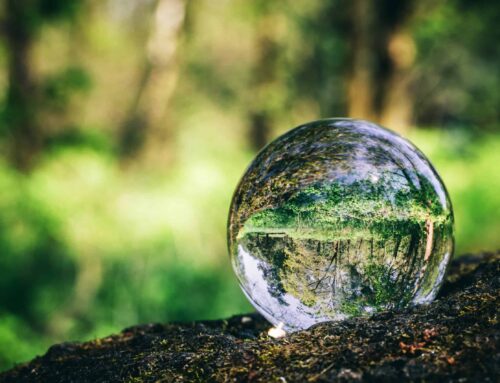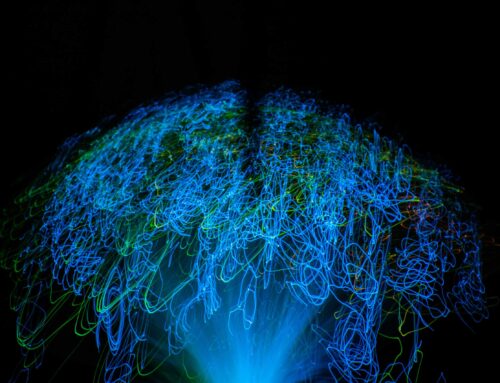The world has a lot happening in it. Your town, city, state, province, country—you get the idea—has a lot happening in it. Every second, there’s a party, every day there’s a concert. And in an environment like that, it’s easy to feel like everything is ephemeral. The things you did last week are gone into the sands of time.
This is a reason people collect things. Though memories cannot be captured in a jar, items can aid recall. They are artifacts of important moments—and it’s not weird to treat them as such. Maybe someone had their first date with their now-spouse at a movie theater and kept the ticket stub. Maybe a postcard you bought during the most important trip of your life hangs in a frame above your home office.
But we live in a digital world now. The pandemic especially shifted our lives online. But they are still our lives. And some people want to own, in the same sort of way as any keepsake, a chunk of the internet—and have it be a unique object.
This is one reason someone might want an NFT. The first word in that abbreviation (the first two letters) is the most important for this: non-fungible. The data associated with an NFT is unique. Two NFTs, even if they are of the same image, are not the same. It’s a decentralized way to create a digital object tied to an owner. It’s stored on the blockchain, so it can follow you to any computer, just like you take your keepsakes with you when you move.
Basically, your physical home is full of things you care about—and your digital home can as well with NFTs. And that can mean a lot to a person. It’s a modern approach to something humans have probably always done.






